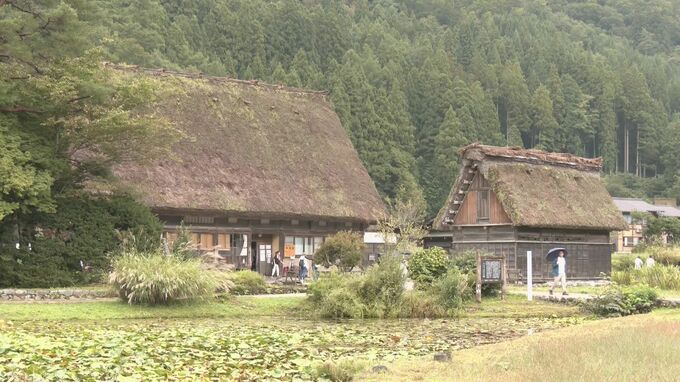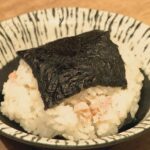As bear attacks continue nationwide, a bear attacked a tourist at Shirakawa-go, a UNESCO World Heritage site in Gifu Prefecture, on October 5, and vigilance remains high in the surrounding area.
(Tourist from Nagoya)
“A bear appeared!? It’s a blow to the tourist spot.”
(Tourist from Sapporo)
“I’m a bit worried it might come down this far.”
The bear appeared around 8:30 a.m. on the 5th. Near the bus stop at Shirakawa-go, a UNESCO World Heritage site in Shirakawa Village, Gifu Prefecture, a 40-year-old Spanish male tourist was attacked from behind and sustained minor injuries from a scratch on his right arm.
“The man was taking photos with a friend when a bear emerged from the bushes.”
Shirakawa-go
Shirakawa-go is a UNESCO World Heritage site in Japan’s Gifu Prefecture, famous for its traditional gassho-zukuri farmhouses. These steep thatched-roof houses were designed to withstand heavy snowfall and date back to the 11th century, with many preserved structures from the Edo period (1603-1868). The village offers a unique glimpse into Japan’s historical farming lifestyle and architectural ingenuity.
UNESCO World Heritage site
A UNESCO World Heritage Site is a landmark or area designated by the United Nations for having outstanding cultural, historical, scientific, or other forms of significance. These sites, such as the Great Wall of China or the Galápagos Islands, are legally protected by international treaties for their value to humanity’s collective heritage. The program was founded in 1972 to identify and preserve the world’s most important cultural and natural treasures for future generations.
Gifu Prefecture
Gifu Prefecture, located in central Japan, is a region rich in natural beauty and traditional culture, historically known as part of the Mino Province. It is famous for the historic mountain village of Shirakawa-go, a UNESCO World Heritage site with unique thatched-roof houses, and the city of Gifu, which was a significant base for the powerful warlord Oda Nobunaga during the 16th century Sengoku period. The prefecture is also renowned for its cormorant fishing (ukai) tradition on the Nagara River, a practice dating back over 1,300 years.
Nagoya
Nagoya is a major Japanese city in the Chubu region of central Honshu, historically known as a castle town and the seat of the powerful Owari Tokugawa family. Its most famous landmark is Nagoya Castle, built in the early 17th century, which was a key strategic and economic center. Today, it is a modern industrial hub, renowned as the home of the Toyota Motor Corporation and a center for advanced manufacturing and technology.
Sapporo
Sapporo is the capital of Hokkaido, Japan’s northernmost prefecture, which was officially founded in 1868 during the Meiji period as a planned modern city. It is now internationally famous for hosting the 1972 Winter Olympics, its annual Sapporo Snow Festival, and as the birthplace of the Sapporo Brewery, one of Japan’s oldest and most famous beer brands.
Shirakawa Village
Shirakawa Village is a UNESCO World Heritage site located in Gifu Prefecture, Japan, famous for its traditional gassho-zukuri farmhouses. These houses, built with steep thatched roofs to withstand heavy snowfall, date back to the 11th century and were historically used for silk cultivation. The village offers a preserved glimpse into Japan’s traditional agricultural lifestyle and architectural ingenuity.






